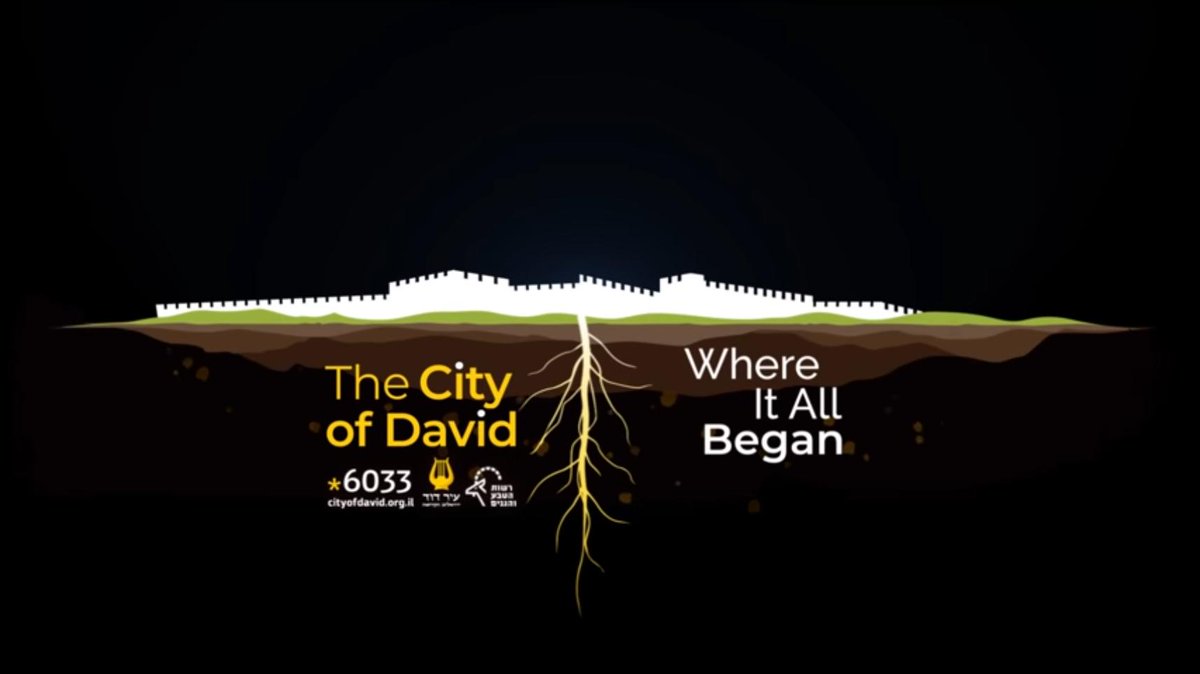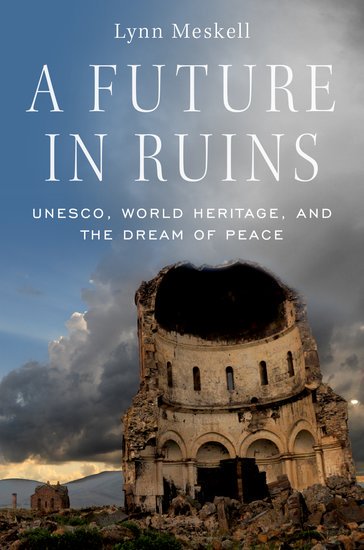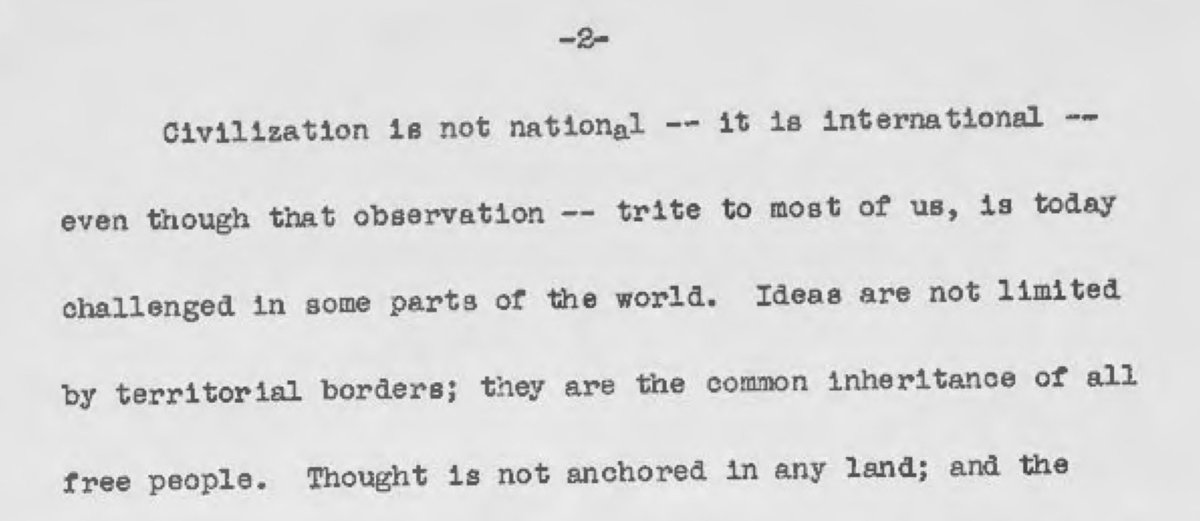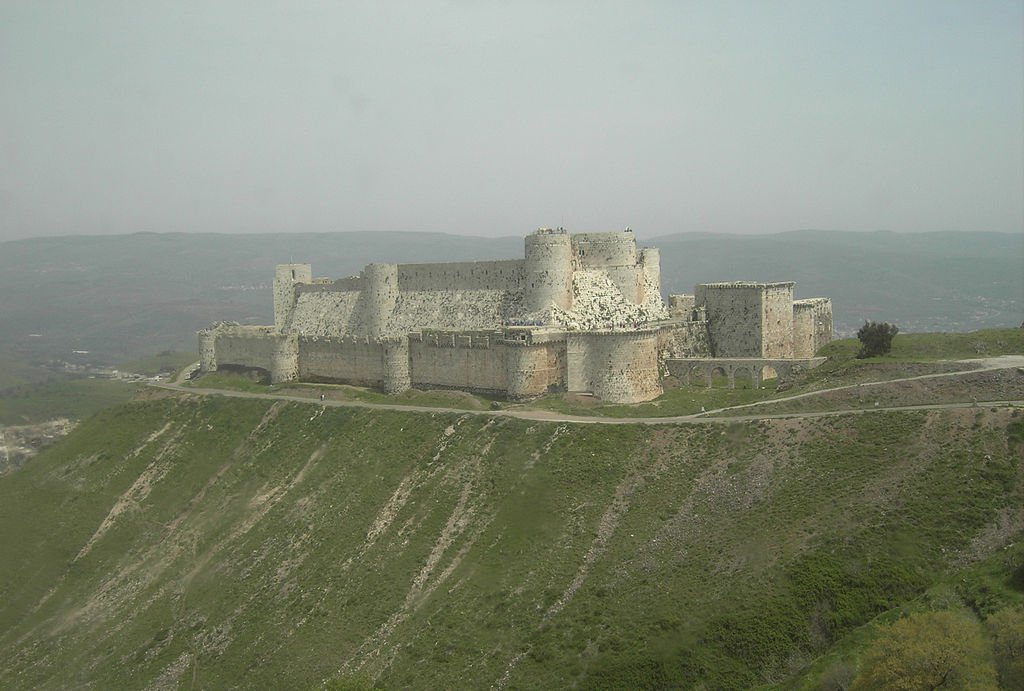nytimes.com/interactive/20…
h/t @ChasingAphrodit @mokersel @Marianhouk
nytimes.com/2019/03/30/opi…
bibleinterp.com/articles/Dahar…

Meanwhile, by the status quo agreement, the Temple Mount/Haram is a Muslim place of prayer.
And under int'l law, Israel *is* obliged not to conduct these digs!
timesofisrael.com/two-tiny-first…

It's an unprovenanced find from Shlomo Moussaieff's collection
members.bib-arch.org/biblical-archa…

haaretz.com/archaeology/.p…

Why does it matter, then?
The scholarly value is small, but the symbolic value is massive.
That's why it's being publicized so heavily.
Note that it appears the video was actually produced by the City of David Foundation, aka Elad






















